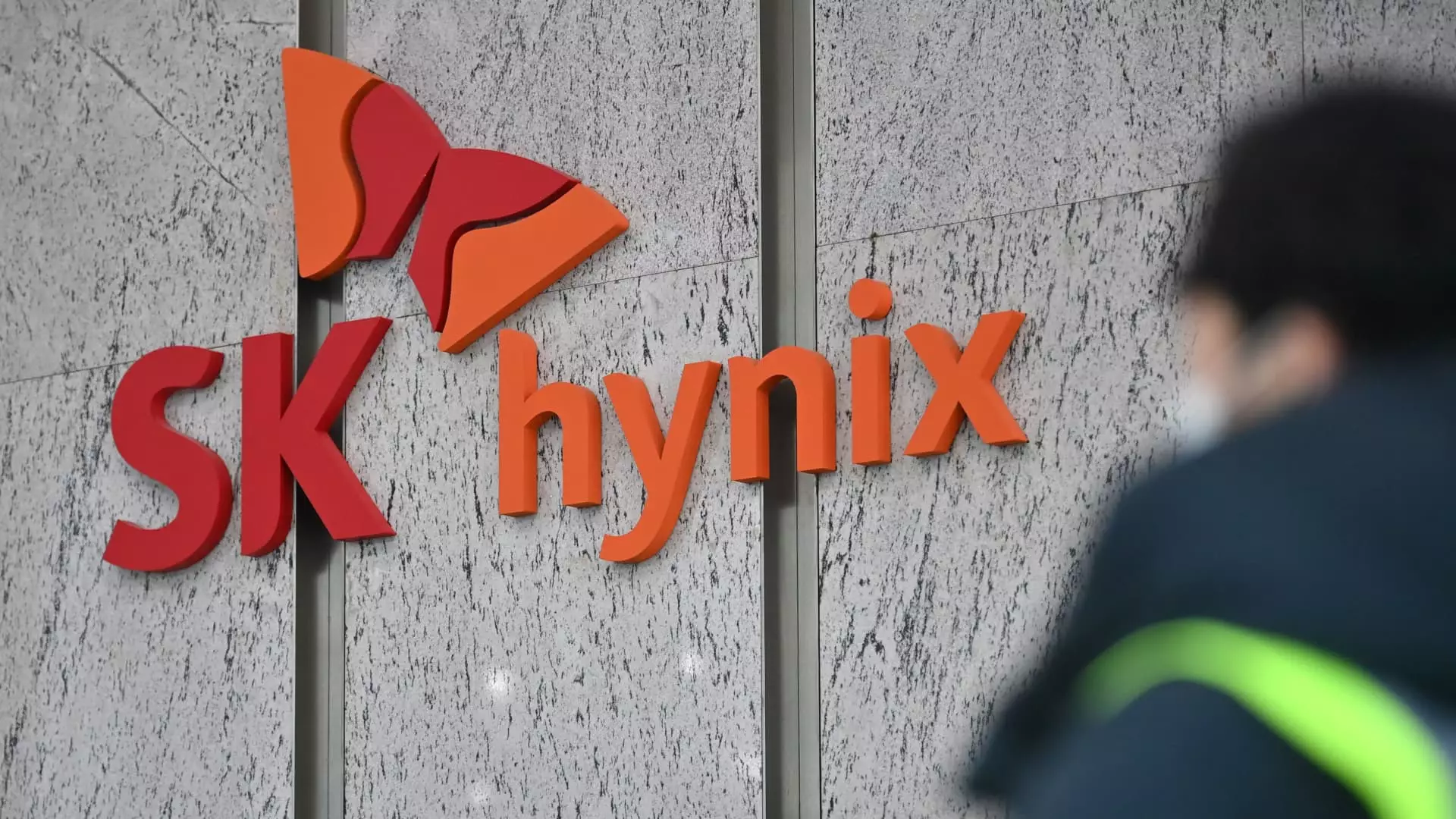SK Hynix, a major player in the memory chip industry, recently reported its second-quarter results. The company’s revenue of 16.42 trillion Korean won and operating profit of 5.47 trillion Korean won exceeded expectations. The strong performance was attributed to the increasing demand for memory products, especially high-bandwidth memory needed for AI computing. This surge in revenue marked a significant milestone for the company, showcasing its ability to capitalize on market trends effectively.
The second quarter saw a remarkable 32% increase in revenue compared to the previous quarter, driven by the growing demand for AI memory products. Companies like Nvidia, relying on SK Hynix’s high-bandwidth memory chips for their AI chipsets, benefited from this trend. The market for AI servers is expected to continue growing in the second half of the year, along with the introduction of AI-enabled PC and mobile devices. SK Hynix’s strategic focus on maintaining its leadership in the high-bandwidth memory market reflects its commitment to meeting evolving market needs.
To meet the rising demand for high-bandwidth memory, SK Hynix announced plans to mass-produce 12-layer HBM3E products. This move is crucial in sustaining the company’s competitive edge in the industry and catering to the growing demand for AI processors. The investment in expanding HBM capacity indicates SK Hynix’s proactive approach to addressing market demand and ensuring a steady supply of memory products.
Analysts anticipate a continued tight supply situation in the memory chip market, particularly high-bandwidth memory, till 2025. This projection is based on the increasing demand for memory chips driven by AI adoption and the limited production capacity of HBM. SK Hynix’s strategic positioning in the high-bandwidth memory market is expected to result in robust earnings and a stock rerating in the coming years. The company’s focus on developing next-generation memory products like HBM4 indicates its commitment to innovation and market leadership.
While SK Hynix has been a dominant player in the high-bandwidth memory chip market, competition is intensifying. Rival companies like Samsung are entering the scene with their HBM3 chips, challenging SK Hynix’s position. The evolving competitive landscape underscores the importance of continuous innovation and agility in responding to market dynamics. SK Hynix’s ability to adapt to changing market conditions and technological advancements will be critical in maintaining its competitive edge.
SK Hynix’s recent financial performance highlights its resilience and strategic foresight in navigating the volatile memory chip market. The company’s strong focus on high-bandwidth memory products for AI computing positions it well for future growth opportunities. As the demand for memory products continues to rise, SK Hynix’s commitment to innovation and production expansion will be crucial in sustaining its market leadership. The road ahead may present challenges, but SK Hynix’s track record of success and adaptability suggest that it is well-equipped to thrive in a rapidly evolving industry landscape.


Leave a Reply